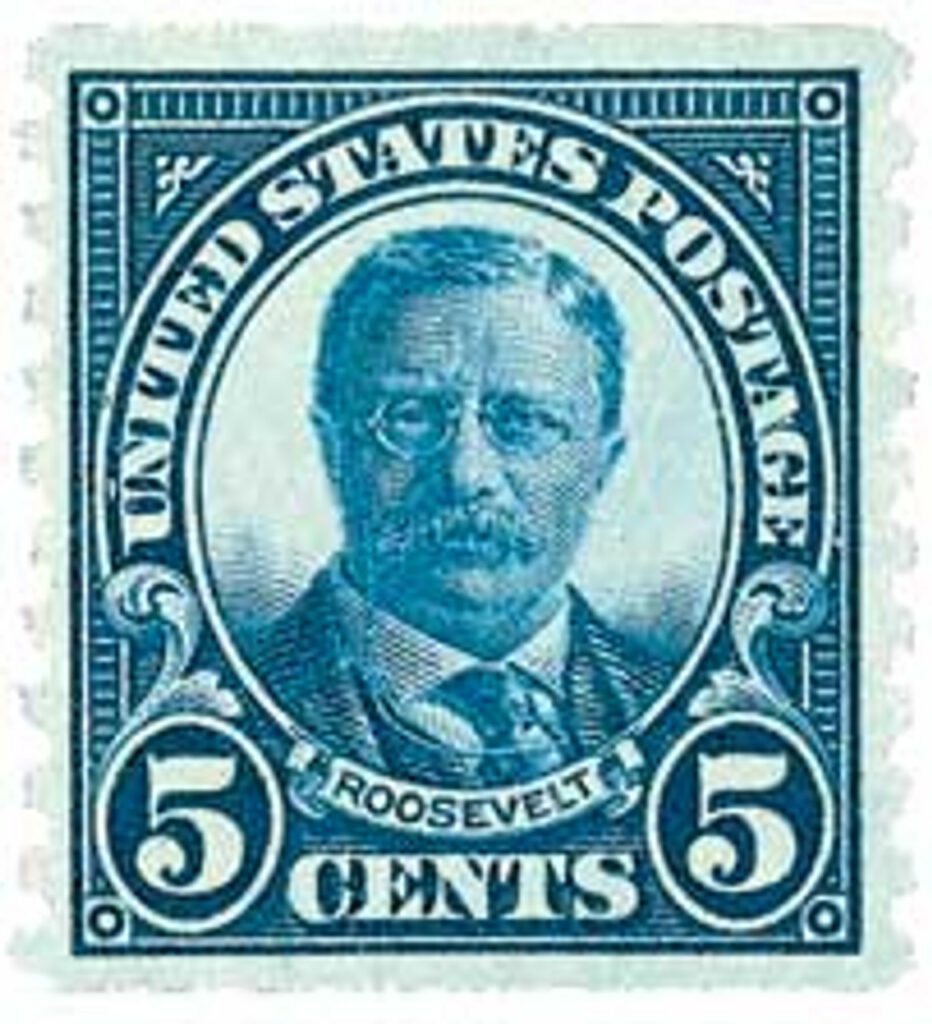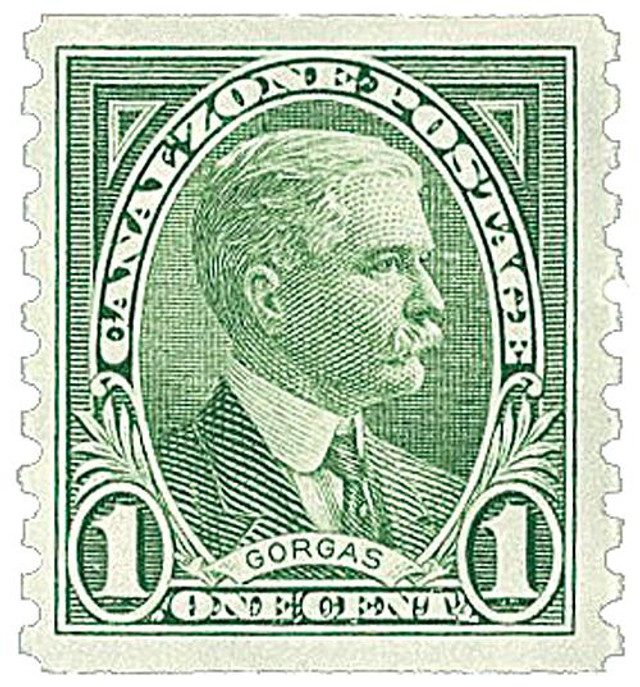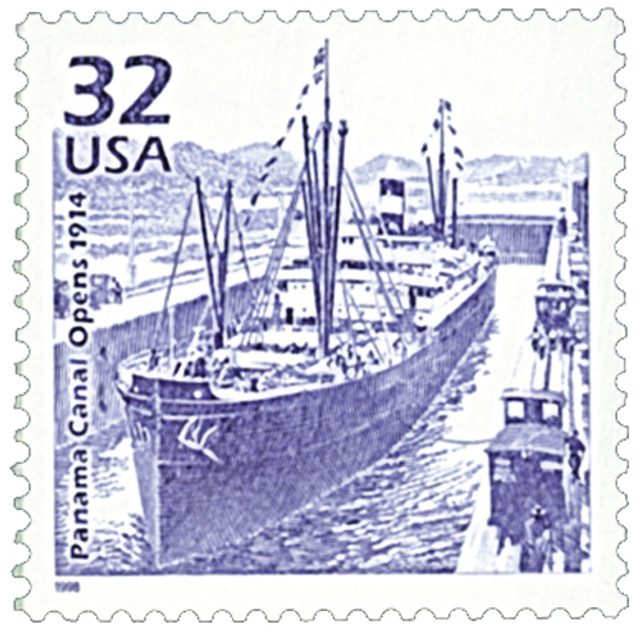
On November 9, 1906, President Theodore Roosevelt made history when he visited the Panama Canal Zone—becoming the first sitting US president ever to travel outside the country while in office. His trip symbolized not only his hands-on leadership style but also America’s growing role as a global power in the early 20th century.
The idea of building a canal through Central America had circulated for decades. As early as the 1880s, French engineer Ferdinand de Lesseps—famous for constructing the Suez Canal—attempted to dig a canal through Panama, but tropical disease and financial collapse doomed the effort. By the late 1890s, the United States had begun to consider completing the project. Some favored building in Nicaragua, where the terrain was flatter, while others argued for Panama, where the French had already begun excavation.
Public enthusiasm for a canal remained low until 1898, when the explosion of the battleship USS Maine in Havana Harbor drew the US into the Spanish-American War. During the conflict, the battleship Oregon—stationed on the Pacific Coast—was urgently needed in Cuba. Its 67-day, 16,000-mile journey around South America and through the stormy Strait of Magellan captured national attention. The voyage proved that the United States needed a shortcut between the Atlantic and Pacific Oceans for both commercial and military reasons.
President William McKinley began exploring canal options, but his assassination in 1901 left the project to his successor, Theodore Roosevelt. Roosevelt saw the canal as essential to America’s emergence as a world power. “A man, a nation, or a civilization that does not work hard, that does not take risks, is doomed,” he once said—words that reflected his belief in the canal as a symbol of progress and determination.
Negotiations for a canal site took place in both Nicaragua and Panama, then part of Colombia. When Colombia rejected the US offer to lease land in Panama for $10 million and an annual payment, Roosevelt supported a Panamanian independence movement. In November 1903, Panama declared its independence with US backing. The new Panamanian government quickly signed the Hay–Bunau-Varilla Treaty, granting the United States control of the Canal Zone. Construction began the following year under American supervision.
Interestingly, a small but powerful factor influenced the US Senate’s decision to choose Panama over Nicaragua: a Nicaraguan postage stamp. The stamp depicted the active Momotombo volcano—used by lobbyists to argue that volcanic activity made Nicaragua a dangerous site for a canal. Combined with political and financial considerations, this imagery helped swing the vote toward Panama.

By 1906, the canal project was facing enormous challenges. Tropical diseases like yellow fever and malaria ravaged the workforce, and massive landslides slowed progress. Roosevelt, determined to inspire the engineers and laborers, decided to see the project himself. On November 9, he arrived in Panama accompanied by his wife, Edith, and a team of officials. Wearing white linen and his trademark pith helmet, Roosevelt toured the construction sites, rode a giant steam shovel, and inspected living quarters and hospitals. His hands-on approach—literally climbing aboard the machinery—made headlines around the world.
Roosevelt spent several days meeting with workers, emphasizing their role in building what he called “one of the great works of the world.” In an address to canal laborers, he praised their courage and sense of duty:
“Whoever you are, if you are doing your duty, the balance of the country is placed under obligation to you, just as it is to a soldier in a great war… You who are doing your work well in bringing to completion this great enterprise are standing exactly as a soldier of the few great wars of the world’s history.”

His speech and visit boosted morale and highlighted his belief that the canal’s success depended as much on the spirit of its workers as on engineering skill. The trip also led to improvements in working conditions and healthcare. Under the leadership of Dr. William Gorgas, mosquito control and sanitation reforms soon reduced disease dramatically.
Roosevelt left Panama confident that the canal would succeed, later calling it “the greatest engineering feat of modern times.” His 1906 journey became a defining image of his presidency—proof of his “big stick” diplomacy and his willingness to act boldly on the world stage.

When the Panama Canal finally opened in 1914, just months after Roosevelt’s death, it stood as a testament to his vision and determination. The 1906 visit not only marked a first in presidential history but also symbolized America’s growing confidence as a country capable of reshaping the world through engineering, diplomacy, and sheer will.
Click here for lots more Canal Zone stamps and click here for more Roosevelt stamps.
Click here to view photos from Roosevelt’s trip.
| FREE printable This Day in History album pages Download a PDF of today’s article. Get a binder or other supplies to create your This Day in History album. |
Discover what else happened on This Day in History.




A misstatement made in the early portion of the passage is about the proposals for a canal. As early as three hundred years earlier, Balboa mentioned in his memoirs that on seeing the Pacific Ocean that a shortcut should be developed to get eh ocean he was seeing to shorten the journey by several thousand miles. He was right and was generally seen as eccentric and not as a visionary which he was.
another great article, keep em coming
Just wondering why the article states that the Oregon went both around Cape Horn and through the Straits of Magellan. Always thought one could use one or the other to move from the Pacific to the Atlantic without having to go through both. The article also could have contained some insight into how the US acquired the rights to build the canal from Panama.
Good article however, it should be noted that:
Wikipedia says the dates for Teddy trip to Panama was November 14–17, 1906. and that he departed the Departed the U.S. November 9;
returned to U.S. November 26.
https://en.wikipedia.org/wiki/List_of_international_trips_made_by_the_President_of_the_United_States
Straits of Magellan and Cape of Good Nope? Your writer needs a atlas and a geography lesion.
Your all articles are scholarly researched. In true sense of word, you are HISTORY LITERATURE INVESTIGATOR .
Mr Killian–did you proofread your last sentence??
A great leader who is the father of our National Park system.
good article, except that Roosevelt lived 5 years longer, so the canal was in operation during his final years. Canal Zone stamps, plus postal cards, etc., are a joy to collect.
A man, a plan, a canal, Panama.